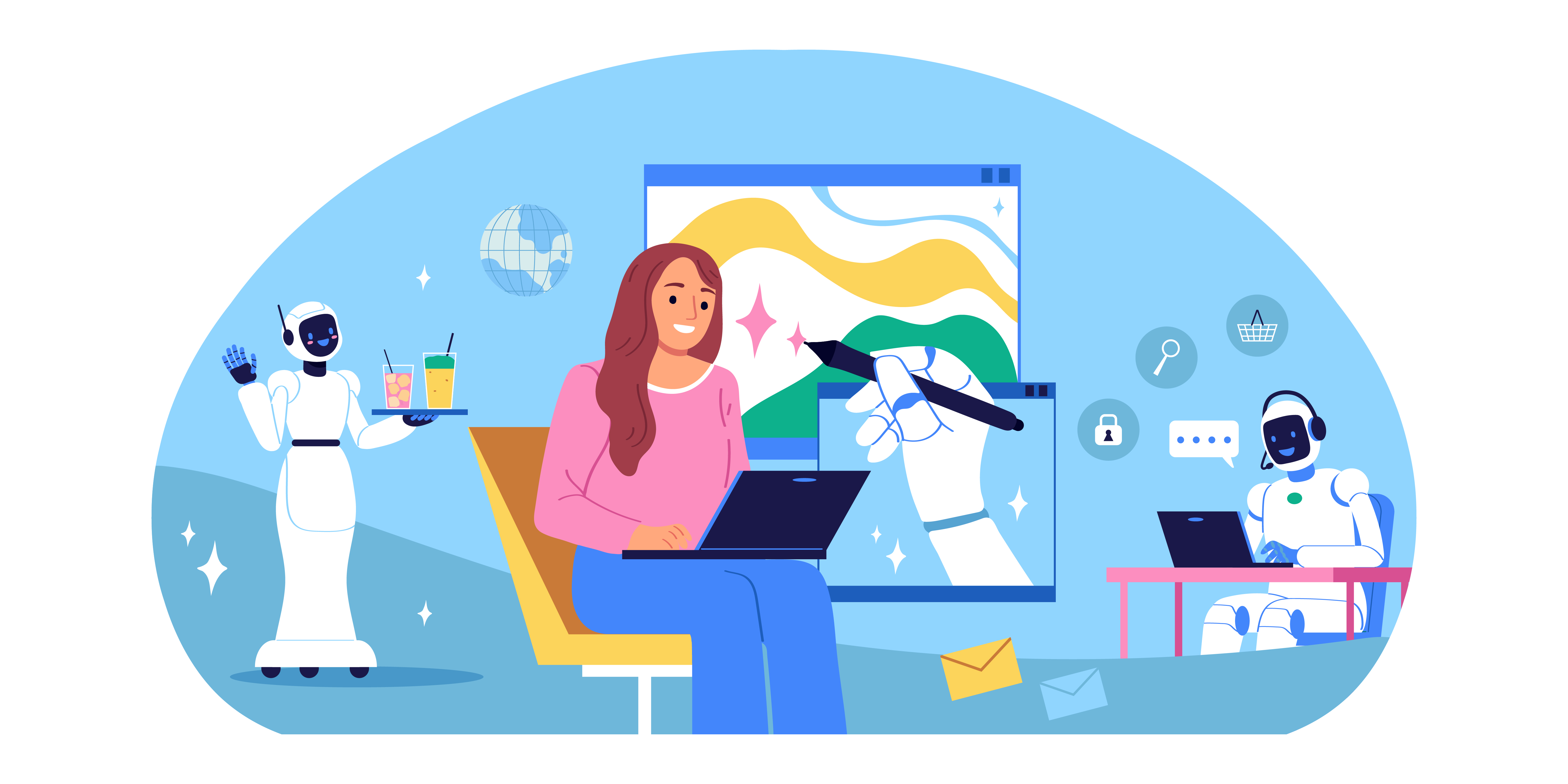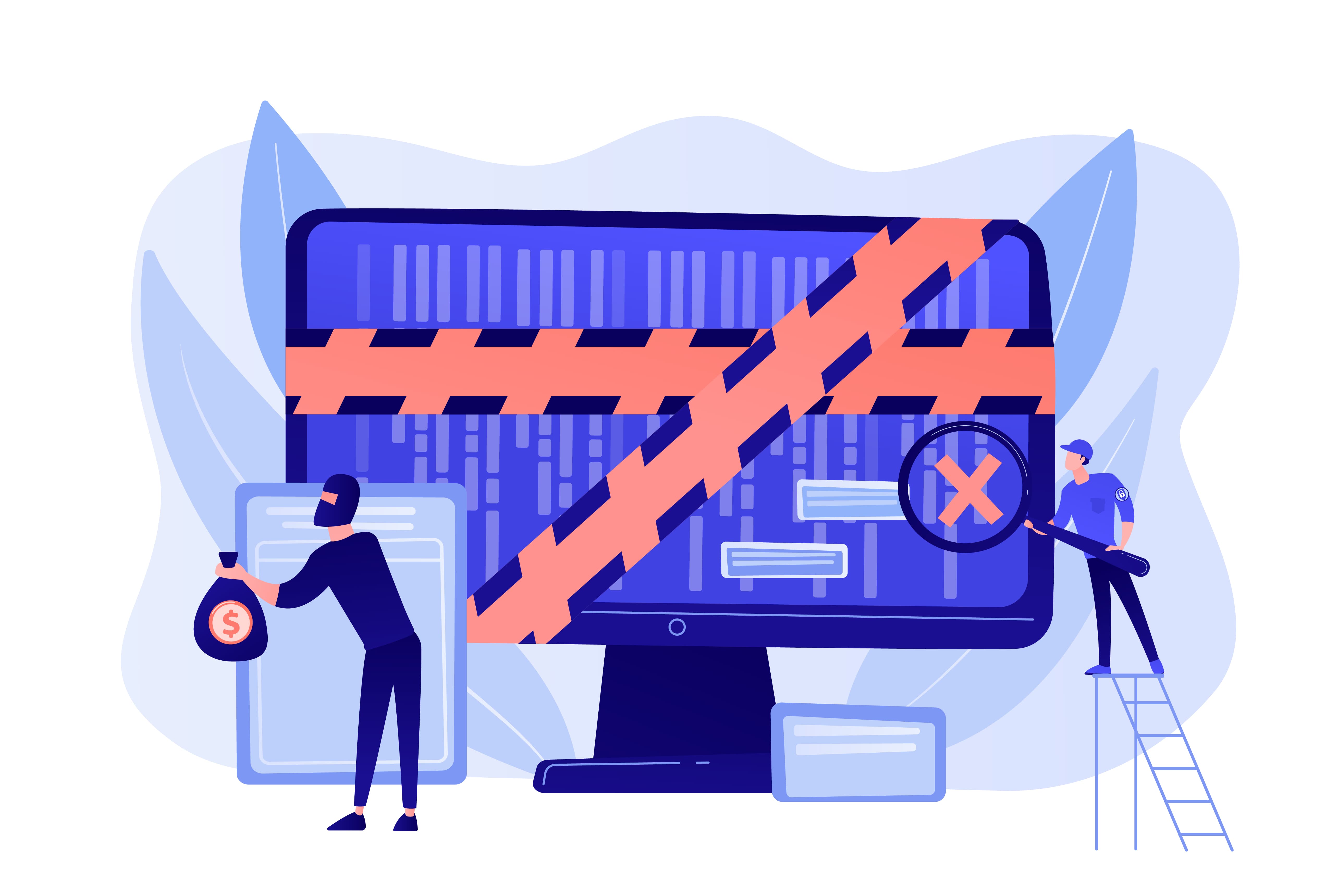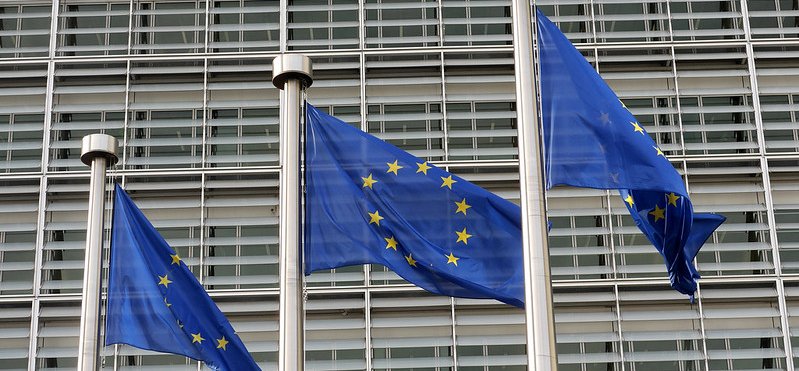The British performers’ union Equity has warned of coordinated mass action against technology companies and entertainment producers that use its members’ images, voices or likenesses in artificial-intelligence-generated content without proper consent.
Equity’s general secretary, Paul W Fleming, announced plans to mobilise tens of thousands of actors through subject access requests under data-protection law, compelling companies to disclose whether they have used performers’ data in AI content.
The move follows growing numbers of complaints from actors about alleged mis-use of their likenesses or voices in AI material. One prominent case involves Scottish actor Briony Monroe, who claims her facial features and mannerisms were used to create the synthetic performer ‘Tilly Norwood’. The AI-studio behind the character denies the allegations.
Equity says the strategy is intended to ‘make it so hard for tech companies and producers to not enter into collective rights’ deals. It argues that existing legislation is being circumvented as foundational AI models are trained using data from actors, but with little transparency or compensation.
The trade body Pact, representing studios and producers, acknowledges the importance of AI but counters that without accessing new tools firms may fall behind commercially. Pact complains about the lack of transparency from companies on what data is used to train AI systems.
In essence, the standoff reflects deeper tensions in the creative industries: how to balance innovation, performer rights and transparency in an era when digital likenesses and synthetic ‘actors’ are emerging rapidly.
Would you like to learn more about AI, tech and digital diplomacy? If so, ask our Diplo chatbot!










